Manga Genres Explained: Finding Your Perfect Match

The term manga covers any graphic novel or comic created in Japan. It has become a large part of Japanese culture, with nearly 60% of Japanese people in their 20s reading manga regularly. While it is credited as a Japanese form of entertainment media, it has spread globally, influencing other cultures. Manga has spread into other forms of entertainment, including anime, TV shows, video games, and more.
Part of the large appeal of manga is the various genres it includes. These manga genre options have allowed people with varying interests to partake in reading manga. Additionally, these varying genres have provided a reading escape for people of all ages, from children to adults.
Below, we explore some of the main types of manga genres so you can find the perfect fit for your entertainment needs.
Understanding Manga Genres
The Essence of Manga Genres
It's important to note that the manga genre differs from typical novels or stories. Instead of it being split into larger categories like horror, comedy, etc., it's divided into subcategories under reader demographics. While these genres are written for certain genders/ages of readers, that doesn't mean you can't read from other manga genres that you like. It's common for people to read manga genres that are part (and not part) of their demographic.
Perhaps you're just getting into Japanese manga; if that's the case, you may want to begin reading the items intended for you. To do so, you'd start with your demographic (for example - young women/tweens, adult men, adult women). Then, decide on the subgenres you're interested in reading, like romance or fantasy.
The origin of these genres is unique. Originally, the genre terms were used for marketing to note the intended audience of each story by those in the manga publishing world. However, as more critics and fans began using the terms to describe manga, they turned into descriptive genres, alerting readers to the stories' intended audience.
Classification of Manga
While there are several manga genre options, four major classifications stand out. These four major genres include shonen, shojo, seinen, and josei. Shonen manga is aimed at adolescent boys between 12 and 18. It typically includes subgenres like supernatural, fantasy, action, and martial arts stories.
Shojo manga is another main genre focused on adolescent girls as the audience (between 12-18 years old). These stories often circumnavigate topics like romance and personal relationships. While Shonen (also known as shounen) is aimed at younger boys, seinen is intended for young adult males around 18 - 40 years old. This genre explores more mature themes and can include violence or sexual content.
Finally, there's the josei manga, intended for young adult women between 18 and 40. This genre also commonly focuses on romance but typically also includes historical drama or autobiographical elements.
Below, we explore each of these main manga genres more deeply.
Deep Dive into Manga Demographics
Shonen (少年) Manga: The World of Young Boys
You'll want to explore this section if you're still wondering, "What is shounen?". Shonen is meant for teen boys, so the main character in this type of manga is typically one or more young male characters. Though it's intended for young males, it is a type of manga frequently read by young girls/adult women. Because of its broad appeal, it is one of the most popular types of manga.
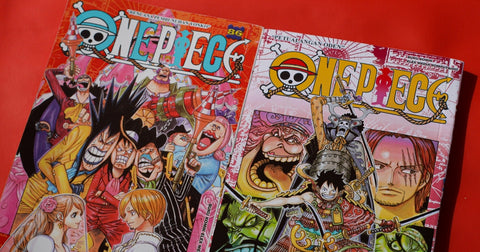
Often, these stories will include a good amount of action and tropes. Expect the shonen to cover topics like mecha, sports, comedy, and science fiction. You've likely watched anime or at least heard of shonen manga, as it includes popular stories like Dragon Ball, Naruto, and Full Metal Alchemist. In particular, Dragon Ball has had a major influence on the manga and anime world. Its unique character development and action style have inspired other manga, like Naruto and One Piece.
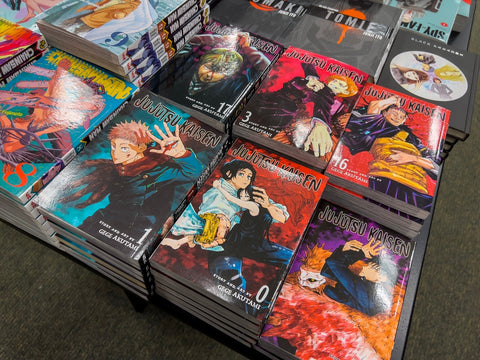
Shojo (少女) Manga: Exploring Young Girls' Dreams
Just like wondering about shonen, you may wonder, "What is shoujo?" This manga genre is intended for girls, with its name even translating to "comics for girls." Typically, this genre is not as focused on action as shonen. Instead, it centers around personal relationships and romance. Additionally, the setting for these stories is usually the classroom or in the suburbs. While Shojo focuses on romance, it can also feature other subgenres like comedy, sci-fi, and fantasy.
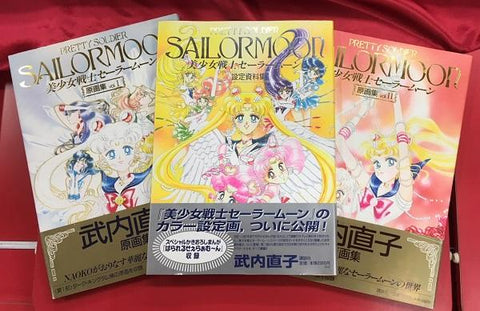
Additionally, this manga genre features LGBTQI+ themes, such as romances between same-sex couples. Depending on the story, this theme may be more straightforward or more subtle. Many shojo mangas are created by women for girls/females. A few popular examples of shojo manga include Sailor Moon, Absolute Boyfriend, Fruits Basket, and Boys Over Flowers.

Seinen (青年) Manga: Mature Themes for Adult Men
The seinen meaning is pretty straightforward, as it translates to "comics for young men." As its name suggests, this manga genre is meant for men aged 18-40. Like shonen manga, many of these stories follow male protagonists as they dive into action scenes. However, there is a primary difference between shonen and seinen manga. As mentioned, seinen includes more adult themes, so you'll see more graphic violence and even sexual content included in these books.
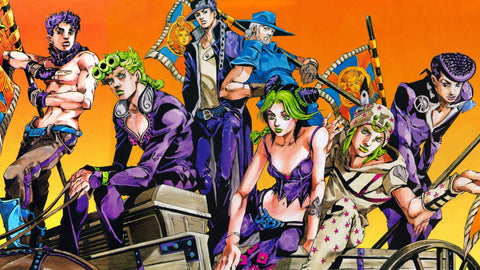
Over the years, there have also been shows that begin as shonen and transition into seinen manga. This allows younger boys who grew up with certain stories to continue enjoying them as they age. An example is JoJo's Bizarre Adventure, which began as a shonen anime/manga for tweens/teens and shifted into a story for adults. If horror is your favorite genre, you'll enjoy seinen manga, as horror is generally only in this genre due to its adult themes/scenes.

If you'd like to read Seinen manga, consider popular titles like Akira, Ghost in the Shell, Battle Royale, and Gantz.
Josei (女性) Manga: Stories of Adult Women
As you may expect, josei translates to "comics for women." Like Seinen, this type of manga is intended for adults (young adult women to middle-aged women). However, Josei manga generally focuses on the romance between male and female characters (or same-sex characters) instead of action. Multiple types of Josei center on other topics, though romance is the most popular type of Josei.
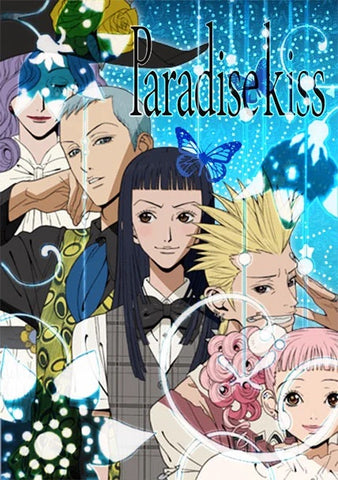
Additionally, this manga genre covers complex relationships and life scenarios that aren't typically covered in other genres. Because of this, quite a bit of subject matter falls under this category. So, many types of Josei manga do not share similarities besides the target audience. Another difference between Josei and other genres is it does not focus on one particular gender as the antagonist. Instead, these stories have male and female main manga characters.
Often, josei features storylines similar to what you'd expect to see in Shojo. However, josei has more adult themes throughout the stories, hence why it's intended for an older audience. Unfortunately, josei is not as popular as other genres of manga, so it is mainly available in Japanese, whilst other genres (like shonen) have been translated into English so more people can enjoy the stories.
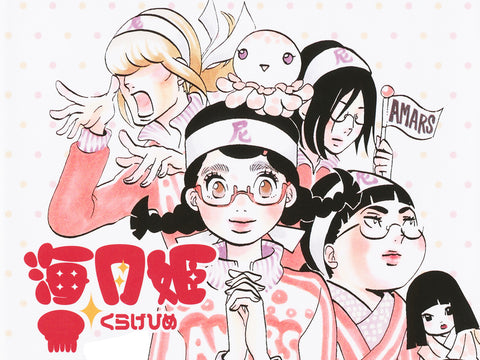
On the plus side, this genre has grown in popularity over the past few years. This has resulted in more Josei stories being translated into English. Here are a few options for manga aimed at adult women: Paradise Kiss, Karneval, and Princess Jellyfish.
Genre Subtypes and Themes
Now that you know the main types of manga genres, it's time to dive into the available subgenres and themes.
Fantasy and Adventure in Manga

You'll notice fantasy is the most popular type of manga series available, as it typically includes storylines with magic, sorcery, etc. Often, fantasy and adventure go hand in hand, as the protagonist is sent on a quest involving magical items or gifts. This sub-genre is present throughout nearly all genres, as it appeals to readers of all ages and genders.
Romance and Interpersonal Relationships
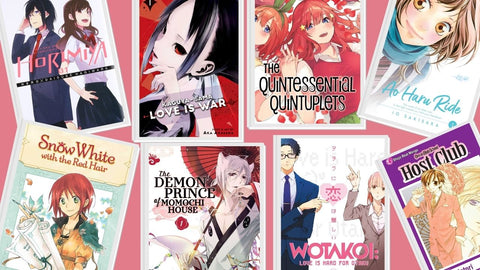
Typically, romance and interpersonal relationships are the primary storylines in shojo and josei manga, though that doesn't mean you won't see it explored in other genres! In Shonen, the primary focus is not usually romance; instead, it's a side storyline that may develop as the characters explore and adventure. Seinen manga is more likely to have options that focus on romance, though they often explore the topic via a romantic comedy. As it is meant for adults, romantic relationships in seinen feature adult themes.
As mentioned, shojo and josei are typically centered on romance. So, it's quite easy to find options in these genres that fit this theme. Typically, the romance explored in shojo manga is focused on relationships between girls/boys. In contrast, relationships in josei manga are more versatile, with romance explored in different dynamics (including girl-girl, boy-boy, etc.).
Action and Heroism
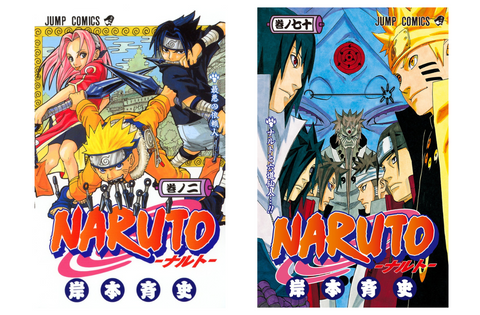
If you've watched action movies before, you'll know exactly what to expect from an action manga series. Typically, this sub-genre includes male or female protagonists with exciting, exaggerated personalities battling villains. Since shonen and seinen manga have better funding than shojo and josei manga, it's safe to conclude there are more male protagonists in action manga than female protagonists. However, there are still some excellent action manga options that pit females as the main characters against foes.
Slice of Life: The Beauty in Daily Living
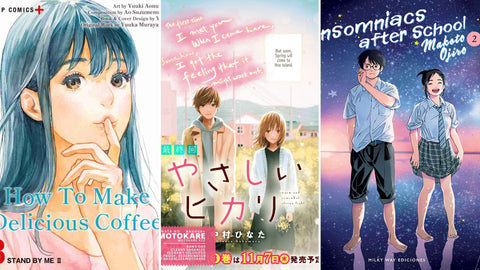
This sub-genre is unique. While other storylines focus on villains, magic, journeys, etc., slice-of-life manga shows the appeal of daily life. In this sub-genre, expect to see normal characters doing normal activities. To keep this type of manga lively, you may see some quirky characters here and there. However, it's typically a calmer read about the characters' daily lives. Usually, comedic scenes are thrown in as well.
Kawaii

There's no way to discuss manga without mentioning Japanese Kawaii Manga. Kawaii is another popular sub-genre that has taken over the world. It can mean fully kawaii manga (aka cute), or it can apply to manga characters that exhibit the attributes of cuteness. Either way, expect simplistic artwork that makes the characters look more adorable (and less realistic) than typical manga. Usually, these kawaii characters have larger eyes and more exaggerated features/reactions throughout the story.
Cultural Impact and Evolution
Manga Magazines and Their Role in Popularizing Genres
Manga magazines have played a significant role in popularizing manga in general and various genres. For example, Shōnen Jump, first published in the late 1960s, is credited with making manga popular. This manga magazine features various stories, including romantic comedies and action stories. In comparison, Weekly Shōnen Jump, initially published about ten years prior, has an even bigger array of sub-genres it features. Other magazines are focused on shojo or shonen manga, providing entertainment for younger audiences. Each manga magazine is aimed at various demographics, allowing more people to explore the world of manga.
The Influence of Female Artists in Manga
While female manga artists are fewer than male, they have had a major impact on genre evolution and character development, especially when it comes to female characters. When women began creating manga, it helped diversify the topics covered, including girl/women-led action manga, family-centric manga, and more. Women could explore topics like independence for females, traditions, and other societal roles from a unique perspective.
Manga's Global Reach and Adaptations
With more global fans enjoying manga in increasing numbers, it only makes sense that manga has been adapted into animes in an increasing amount. Larger streaming services like Netflix have been funding projects like One Piece, a manga turned anime, for English watchers, helping create even more fans worldwide. Manga not only impacts mediums like anime, but it also stretches across other types of entertainment media, including art, fashion, music, toys, and video games.
Contemporary Trends and New Genres
Emerging Genres and Modern Themes
While many of the sub-genres are shared with American stories (like romance, horror, etc.), some new genres and themes in manga have emerged in more recent years. These genres have developed due to discussions of diversity and inclusion. For example, you'll see new genres like Boys Love (also referred to as BL), which centers on romantic relationships between two males. It's clear to see that sub-genres are ever-evolving depending on the audience and other topics that arise as time passes.
Fan Service, Boys Love, and Beyond
Other niche sub-genres have also been rising in Japanese manga, including Omegaverse, which centers on a world where women and men switch roles, as men can birth children in this genre. There's also absurdist manga, which explores the weird in a wacky way, often diving into psychological themes like whether or not life has meaning. As mentioned, these niche genres allow people inside and outside of Japan to explore ideas and scenarios that are not seen (or maybe less explored) in real life. It's a creative outlet for many worldwide.
Creating Manga: Behind the Scenes
The Art of Drawing Manga
Before you can read manga, the storyline and artwork must be created. A major part of this creation is character design and storytelling. Often, manga artists will begin the process with scripting, which includes getting all and any ideas onto the page. Scripting also includes deciding on a genre and coming up with the main characters and their backstories, personalities, etc.
From there, artists will craft a storyboard, which dictates the amount of panels, organization, etc. Then, it's time to dive into the artwork. Often, artists will begin with a pencil sketch before moving into pen outlines, colors, etc. If you're curious about the artwork process as a reader or budding artist, you can read this How to Draw Manga article.
From Concept to Series: The Lifecycle of a Manga
As mentioned, the first three steps of crafting a series typically include scripting, storyboards, and sketching. Then, artists will ink the lines, color the scenes, and add final touches. It's important to note that when creating manga, it is read from right to left instead of left to right. So, when storyboards are crafted (as well as the manga itself), the story should be created in this same manner.
Another step in the lifecycle of a manga includes getting the story published. Once the storyboard (or the script) is created, artists can begin reaching out to publishers to help get their manga to a larger audience. Some artists will wait until the manga is fully developed and created to reach out. However, that's not necessary. Once a publisher takes on the manga, they can help distribute and promote it. Keep in mind that it can be quite difficult to get a manga published. Often, manga artists will submit their stories to competitions, as there is a higher probability of being recognized this way.
Conclusion
With the vast storylines and demographics covered by the available manga genre and sub-genre options, it's clear how this type of entertainment has become a worldwide sensation. From storylines fit for a young boy or girl to adult themes that keep men and women entertained, manga is truly a top choice for any reader.
Manga has become more than just stories for readers; it has begun to influence people in other ways, even altering societal norms. Reading manga has allowed people to explore topics and ideas they may not normally be able to in real life, which is also true for the authors. Because of this, manga has offered the ideas of individualism, rebellion, etc., that typically do not come up in Japanese society. It essentially allows people to explore scenarios they are thinking about.
Whether you prefer romance, horror, sci-fi, or a combination of these sub-genres, you'll find plenty of manga right up your alley. Consider beginning your manga genre exploration with a few series that fit your demographic. Then, feel free to branch out to other genres and see which stories resonate with your interests!

Dive into manga even more with the Manga Crate, only available between February 15th to March 14th, 2024. The Manga Crate explores all things manga in the form of sweet and savory snacks! Expect 15-17 goodies, including a collectible non-food item. This month's collectible is a stand featuring a Spy X Family character. You can even test your manga drawing skills with the Manga Art Showdown, which includes exciting prizes from Japan. Grab your Manga Crate, pick up a manga, and dig into both simultaneously for a fun activity!
Author Bio



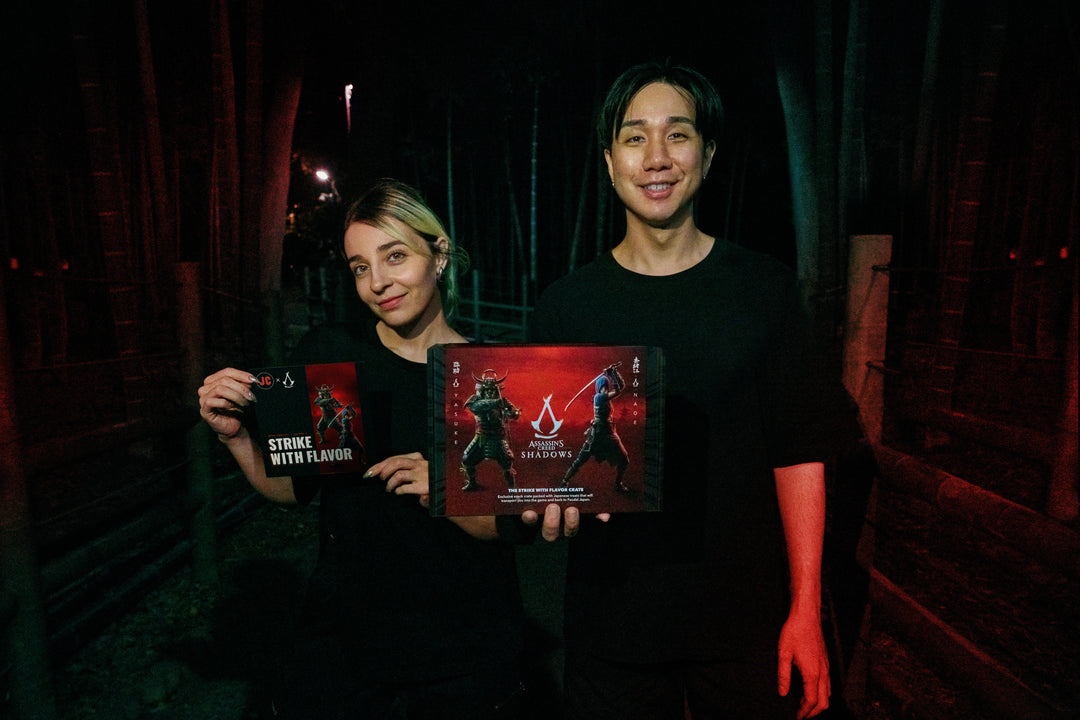
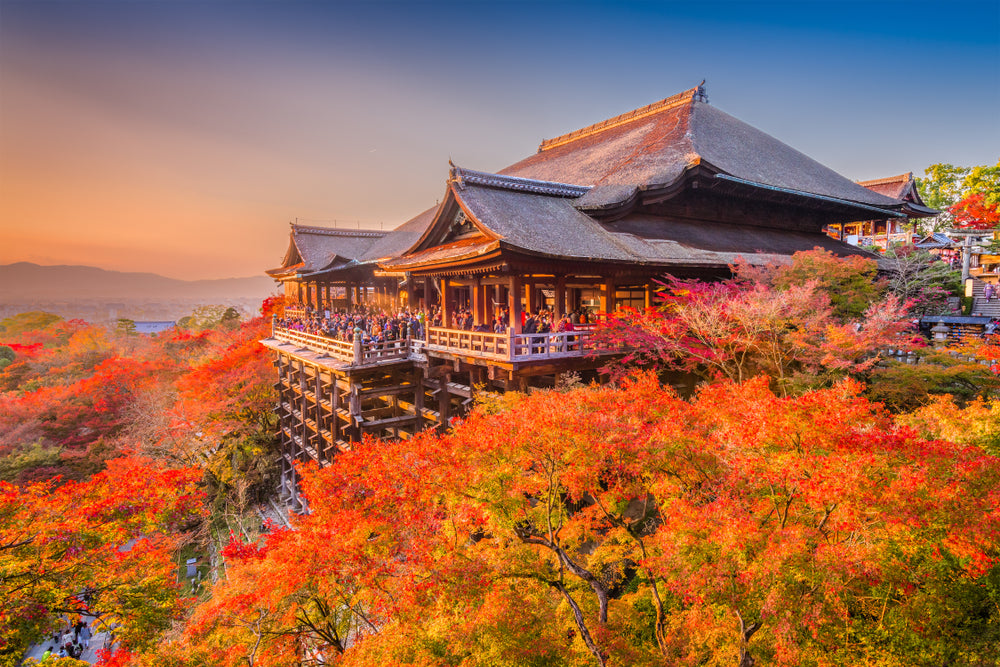

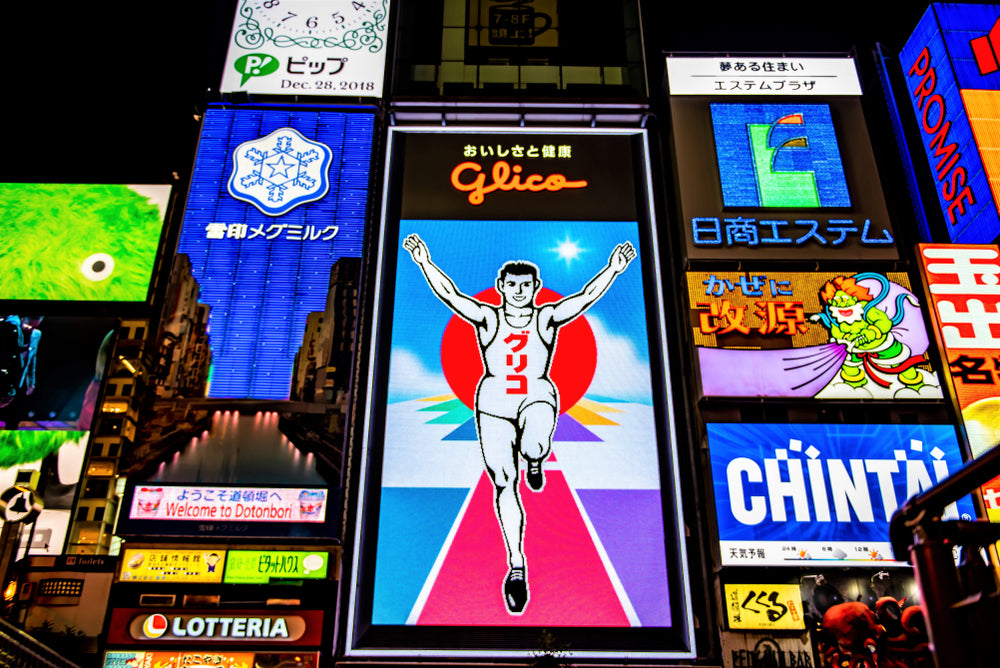
Leave a comment